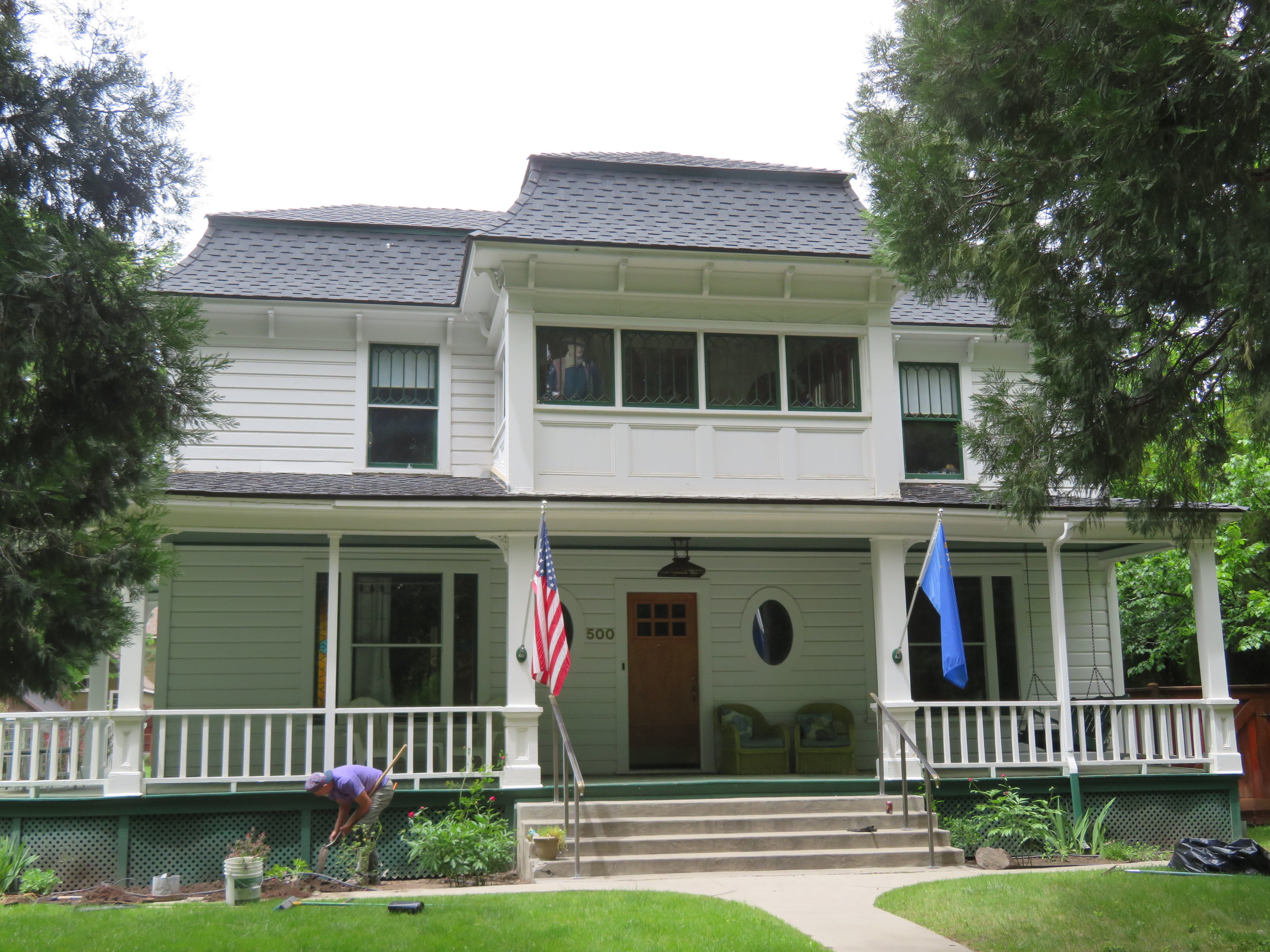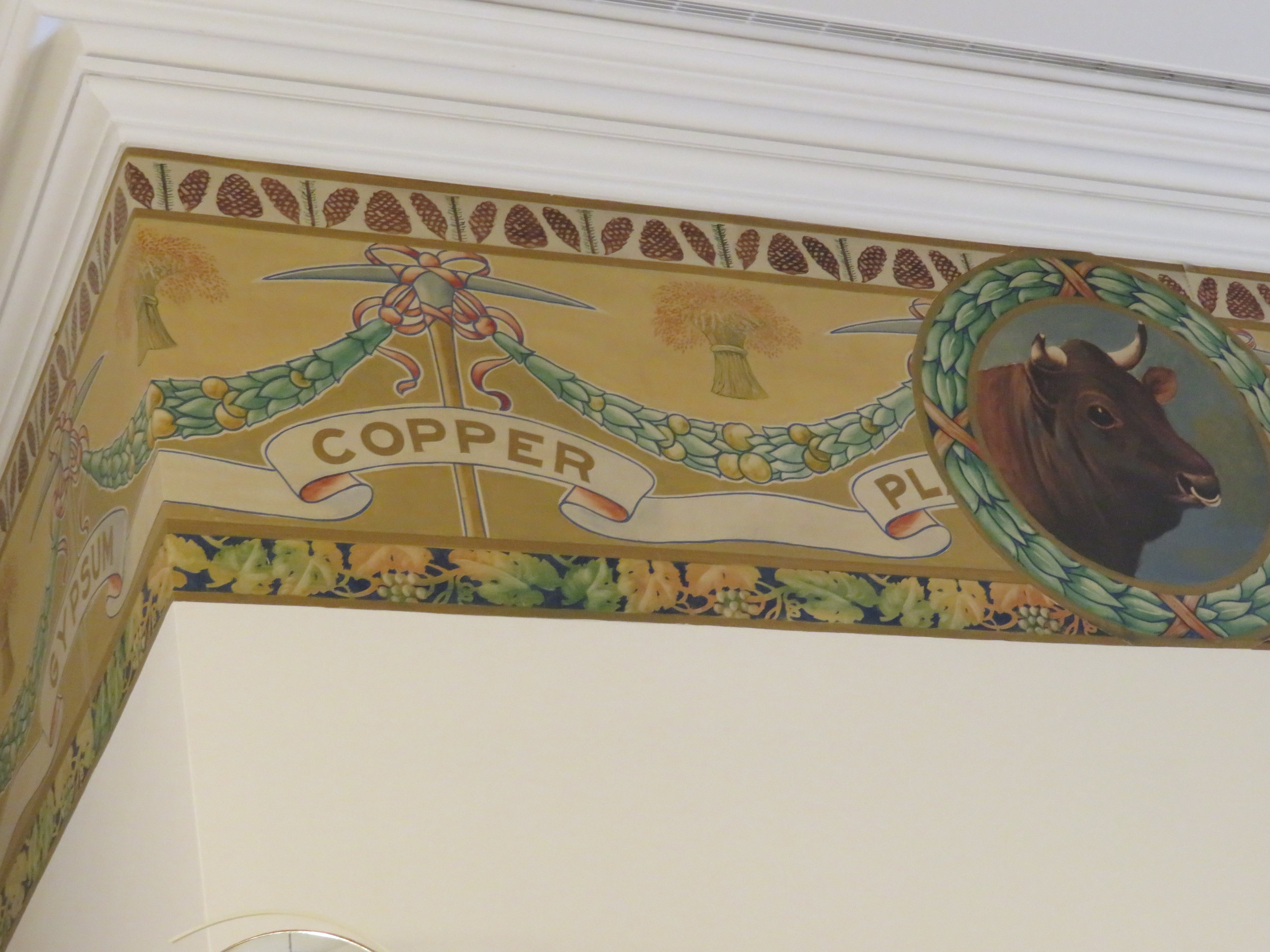GWL – Exploring Nevada’s Capital City
/Day 30 - Carson City, NV
Christopher Houston Carson aka Kit Carson - 1809-1868
Though the sky was gray, it was a reasonable day to check out Carson City, named for the famous frontiersman, Kit Carson.
Nevada State Museum - First stop on the Kit Carson Blue Trail
We picked up a map at the Visitor’s Center. The Kit Carson Blue Trail is a 2-1/2 mile self-guided historical walk about town. We began our tour at the former US Mint, now Nevada State Museum, the first public building built in Nevada (1866-1869).
The Governor’s Mansion was on our self-guided tour and it looks as if the Governor has pretty nice digs … at least while he's in office.
We wandered along the circuitous blue-line path past some houses that were interesting, and others that were pretty mediocre. The map was difficult to follow since it was full of errors. Identifying numbered placards on house signs did not correlate with the map or the descriptions or the addresses. Sometimes the houses with signs weren’t even listed. Luckily, the blue line was easy enough to follow, so we managed.
Ignore the trail guide ... just follow the blue line
One interesting house was the Krebs-Petersen House. Built in 1914, its claim to fame is that it was used as the boarding house in the 1976 John Wayne film, The Shootist. The current owners have a good sense of humor, it seems. If you look in the the second floor window, you can see that famous cowboy watching you.
'The Shootist' house.
See who's peeking out of the second story window, just above the porch?
Most of the larger, grander buildings are now professional buildings primarily for lawyers, CPAs and doctors. The Rinckel Mansion, for instance, was built in 1876, by a local butcher, Matthias Rinckel, for his wife and six kids. It was featured in the 1942 film, ‘The Remarkable Andrew’ (huh?). According to the National Park Service, ‘it is one of the best remianing examples of high-style Victorian architecture in the American West’.
The Rinckel Mansion is now a professional building.
After awhile, we kind of lost interest in the houses and headed to city park to view the statue of the city’s namesake, Kit Carson, who, by the way, never stepped foot in this town.
Kit and his horse both look exhausted.
The Nevada State Capitol building has been in use as the capitol building since 1871 and is built of locally quarried native sandstone. The Neoclassical Italianate style building is quite stately. The dome is silver (it’s faux, but hey, Nevada is the ‘Silver State’), but the day was cloudy and gray and it was hard to photograph.
Nevada's Capitol Building
A close-up of the Capitol Building (faux) silver dome
Tours are self-guided and we just walked in and started to wander. A bronze sculpture of Sarah Winnemucca greeted us in the main lobby. An American Paiute, Winnemucca was the first Native American female author and her autobiography, ‘Life Among the Paiutes: Their Wrongs and Claims’, highlighted the plight of her people.
Sarah Winnemucca statue in the lobby of Nevada's Capitol Building
A mural ceiling border on the first floor walls was painted in 1917 by A. V. Wiggins and is particularly interesting and ornate. It’s 400’ long and 3 feet wide and depicts the state’s early industries: agriculture, ranching and mining along with 21 of Nevada’s key minerals. Obviously, gambling was not an industry back in 1917.
Several pieces of historical memorabilia were on display on the second floor including all the portraits of governors past. A New York Herald article dated November 2, 1864 was encased in plastic and caught our eye.
Nevada Becomes the 36th State
The governor was not entertaining guests at the moment, so we called it a day. It was cold, gray and blustery by the time we returned to our campsite. The forecast for tomorrow is sunshine and warmer. Fingers crossed!
Click here as we continue searching for Ben Cartwright and visit historic Virginia City.














